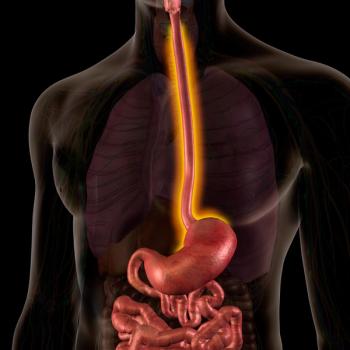
FDA panels votes down OTC Primatene HFA inhaler
FDA advisors decided against recommending over-the-counter (OTC) marketing approval of Primatene HFA inhaler (Armstrong Pharmaceuticals) for the temporary relief of mild symptoms of intermittent asthma in patients 12 years and older, at last week’s joint meeting of the FDA’s Nonprescription Drugs Advisory Committee and the Pulmonary-Allergy Drugs Advisory Committee.
FDA advisors decided against recommending over-the-counter (OTC) marketing approval of
Eighteen members of the advisory committee voted against granting marketing approval for OTC use of Primatene HFA (epinephrine inhalation aerosol 125 µg/actuation), a replacement for the OTC Primatene Mist, which was phased out in December 2011 because of its use of chlorofluorocarbons as the propellant. Primatene HFA is a new formulation using hydrofluoroalkane (HFA), considered to be environmentally acceptable. Six members voted in favor of the new formulation and one member did not vote.
The case for approval
In presenting its case, Armstrong Pharmaceuticals emphasized the efficacy and safety of the new formulation of epinephrine HFA, which, if approved, would make it the only OTC metered-dose-inhaler bronchodilator on the U.S. market. At this time, the only available short-acting beta2-agonists are prescription albuterol and levalbuterol. Epinephrine was one of the first sympathomimetic agents available, and was used in the treatment of asthma dating as far back as the early 1900s.
The new formulation was significantly effective for bronchodilatory effect in asthma patients for the primary end point for all 3 study visits (day 1, week 6, and week 12), compared with placebo.
“At week 12, [the new formulation] showed significant efficacy for 15 of the 16 secondary end points for both one-sided and two-sided tests. The one secondary end point which did not demonstrate significant efficacy was âFEV1 at six hours,” the manufacturer said.
In terms of safety, the most common adverse events that occurred with the new formulation were tremor (9.7%), throat irritation (5.2%), cough (4.4%), chest discomfort (3.6%), and a jittery feeling (3.2%). Adverse events included tremor, chest discomfort and pain, tachycardia, heart rate increase, and QTc prolongation. No significant cardiovascular events were found in connection with this new formulation.
In terms of efficacy, 14 FDA committee members voted in favor of Primatene HFA, 10 voted against, and 1 abstained. In terms of safety, seven voted in favor of the new formulation, 17 voted against, and 1 abstained.
The case against
Concerns about the use of the HFA inhaler were voiced by some FDA committee members, who thought that the device needed special care to prevent inaccurate dosing and that patients might not use the inhalers as directed on the product labeling.
In the performance of the Primatene HFA label behavioral study, only 73.8% of the study participants shook the inhaler properly and only 77% washed the mouthpiece through the opening. In addition, only 63.9% were able to reassemble the inhaler.
Newsletter
Get the latest industry news, event updates, and more from Managed healthcare Executive.
















































